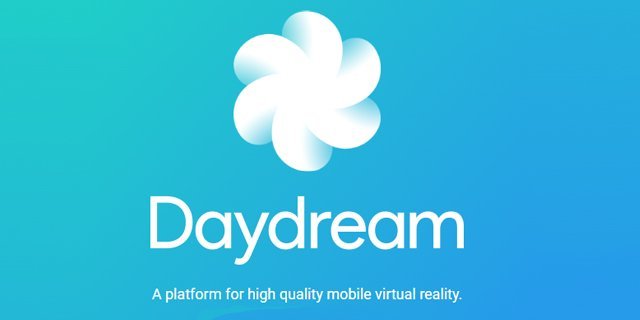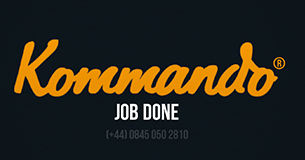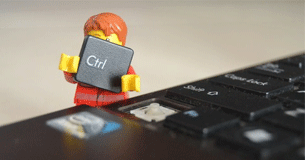Google Daydream - And the ever changing landscape of Virtual Reality.Google Daydream
Google isn’t new to VR. In fact, customers have already purchased their low-cost Cardboard VR headsets in the millions. These headsets turn just about any smartphone into a virtual reality device. So why have Google developed a new VR headset?
Why are Google Daydream-ing
With some analysts expecting VR to become a $30 billion business by 2020 [TechCrunch], and with companies like HTC, Oculus (bought by Facebook), Sony, and Samsung already making important strides in releasing a high quality consumer systems over the last year, Google clearly wants a major say in the evolution of “consumer VR” and they see this as the VR headset for the masses. Why not read our previous VR Blog.
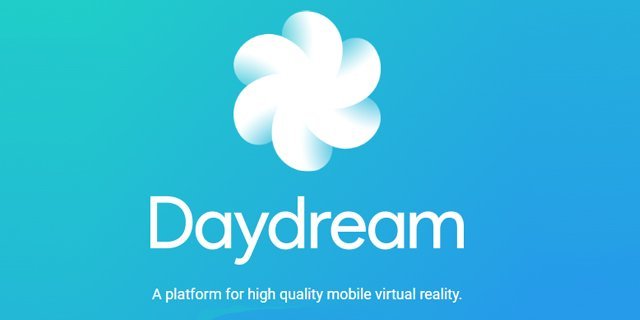
What makes it different from other VR's
The main stand out, is that it comes with a remote control that cleverly tucks into the headset when you're not using it. The remote allows you to control your phone wirelessly and precisely for navigating menus, playing games and even walking around virtually in Google Street View.
Also, instead of hard plastic like most other VR headsets, Daydream is covered in cloth and will be available in three colours: Snow, Slate and Crimson, though the latter two options won't be available at launch.
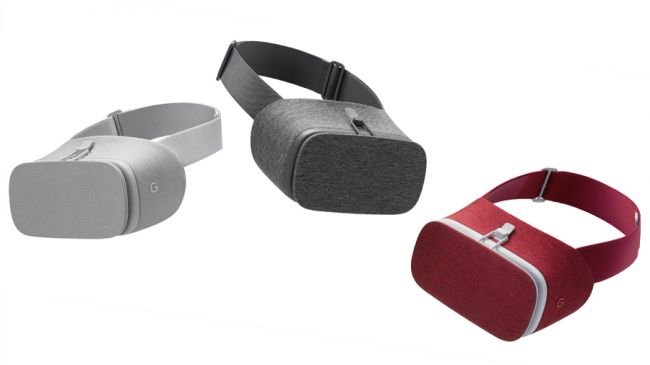
It appears that both gaming and video are where Daydream View really push ahead of its competitors. The headset allows users to access the entire YouTube catalogue in VR in its 360-video that makes Daydream View compelling.
While not a premium viewer like Oculus Rift or HTC Vive, Daydream View could potentially carve out a solid following in the mobile VR space, especially since its price is so affordable (estimated to be around £70).
So why add Google Daydream to our toolkit?...Virtual reality experiences are designed to provide a deeper immersive connection to a brand or product. VR can engulf the user in the unseen charactaristics of the brand and allows the experience to unpack a virtual or real world story line (check out our VELUX VR campaign to see how we immersed consumers), VR places them in practically any scenario that we could imagine. It can be used to tell the brand’s story – not just demonstrate new products and features but to convey the values of a product and how it can affect the consumer directly.
Got a project you'd like to chat about? We'd love to hear from you.

